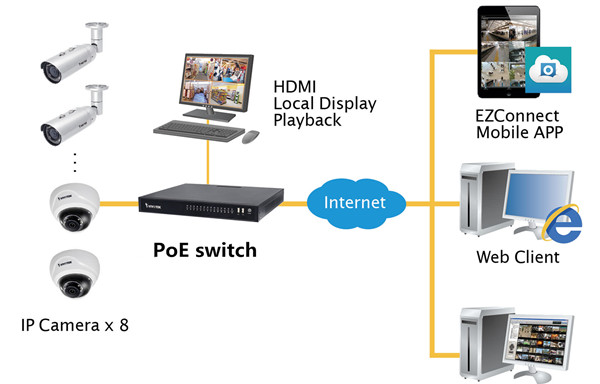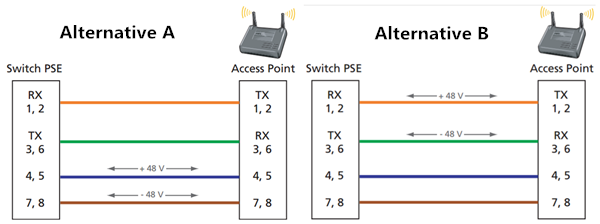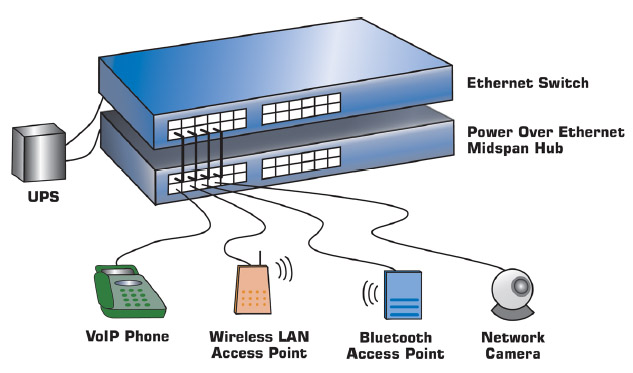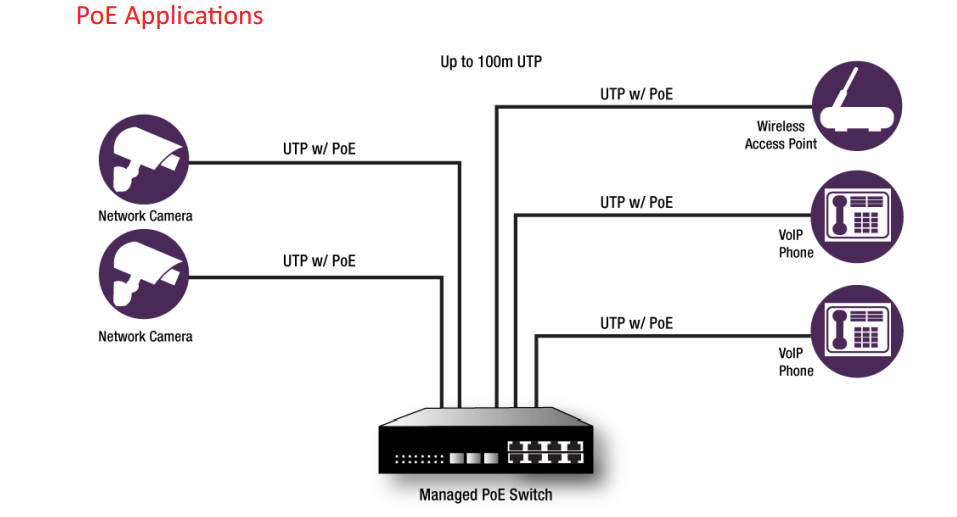A network switch is a small hardware device that centralizes communications among multiple connected devices within one local area network (LAN). Network switches come in different sizes, features and functions, so choosing a switch to match a particular network sometimes constitutes a daunting task. This blog will give you a few useful things to consider when choosing the appropriate switch for a layer in a particular network.

While switching capabilities exist for several kinds of networks, including Ethernet, Fibre Channel, RapidIO, ATM, ITU-T G.hn and 802.11, network switch can operate at one or more layers of the OSI model. Switches provide multiple advantages in network designs. All switches provide the basic traffic filtering functions, which improves network bandwidth. Besides, the internal switching circuits allow traffic flows to simultaneously occur between multiple ports. Currently, mainstream network switches support Gigabit Ethernet speeds per switch port, but high-performance switches in data centers generally support 10 Gbps per link. Different models of network switches support varying numbers of connected devices. Home network switches provide 4/8 connection for Ethernet devices, while SMB switches typically support between 32 and 128 connections.
Careful planning before purchasing a switch will save you money. At the same time, it can help you ensure the equipment has the functionality that you organization is needed, or the switches can expand their capabilities as your requirements change and grow. Here are some suggestions you can use to help guide your switch purchase.
Connection requirements are a good place to start, since they usually dictate what types of switches will be needed, and they can affect pricing dramatically. Here are something you need to consider in advance:
1. Consider the number of users that your network will have to support
2. Consider your basic network infrastructure
3. Determine the network needs of the users (Fast Ethernet or Gigabit Ethernet)
4. Choose the role of the switch (core switch, distribution switch, access switch)
5. Pick a vendor and/or company (for example: Cisco, Juniper, HP, Dell, Arista, Brocade, FS.COM)
The number of users and the basic network infrastructure determine the number of ports. Common numbers of ports on network switches are 5, 8, 10, 24, and 48 ports. If you only have 5 or 6 users, then a small 8 port switch will probably be enough for your needs. Number of ports is one of the biggest factors in the cost of a switch, so if you buy a switch that only supports the number of users that you will have, you will likely save a fair amount of money.

Fixed switches come in Fast Ethernet and Gigabit Ethernet. Fast Ethernet allows up to 100 Mb/s of traffic per switch port while Gigabit Ethernet allows up to 1000 Mb/s of traffic per switch port. These ports may be a combination of SFP/SFP+ slots for fiber connectivity, but more commonly they are copper ports with RJ-45 connectors on the front, allowing for distances up to 100 meters. With Fiber SFP modules, you can go distances up to 40 kilometers. Currently, Gigabit Ethernet is the most popular interface speed though Fast Ethernet is still widely used, especially in price-sensitive environments.
If you have a 24-port switch, with all its ports capable of running at gigabit speeds, you could generate up to 24 Gb/s of network traffic. If the switch is connected to the rest of the network by a single network cable, it can only forward 1 Gb/s of the data to the rest of that network. Due to the contention for bandwidth, the data would forward more slowly. That results in 1 out of 24 wire speed available to each of the 24 devices connected to the switch. Therefore, the more ports you have on a switch to support bandwidth aggregation, the more speed you have on your network traffic.
Core Layer Switches: These types of switches are routed at the core layer of a topology, which is the high-speed backbone of the network and requires switches that can handle very high forwarding rates. The switch that operates in this area also needs to support link aggregation to ensure adequate bandwidth coming into the core from the distribution layer switches. Because of the high workload carried by core layer switches, they tend to operate hotter than access or distribution layer switches. Virtually, core layer switches have the ability to swap cooling fans without having to turn the switch off.
Distribution Layer Switches: Distribution layer switches plays a very important role on the network. They collect the data from all the access layer switches and forward it to the core layer switches. Distribution layer switches provides advanced security policies that can be applied to network traffic using Access Control Lists (ACL). This type of security allows the switch to prevent certain types of traffic and permit others.
Access Layer Switches: Access layer switches facilitate the connection of end node devices to the network. For this reason, they need to support features such as port security, VLANs, Fast Ethernet/Gigabit Ethernet, Power over Internet, and link aggregation. Port security allows the switch to decide how many or what type of devices are permitted to connect to the switch.

At any layer, a modern switch may implement power over Ethernet (PoE), which avoids the need for attached devices, such as a VoIP phone or wireless access point, to have a separate power supply. Since switches can have redundant power circuits connected to uninterruptible power supplies, the connected device can continue operating even when regular office power fails. Another characteristic you consider when choosing a switch is PoE. This is the ability of the switch to deliver power to a device over the existing Ethernet cabling. To find the switch that is right for you, all you need to do is choose a switch according to your power needs. When connecting to desktops which do not require PoE switches, the non-PoE switches are a more cost-effective option.
As the network grows, you will need more switches to provide network connectivity to the growing number of devices in the network. When using standalone switches, each switch is managed, troubleshot, and configured as an individual entity. In contrast, stackable switches provide a way to simplify and increase the availability of the network. With a true stackable switch, you can connect the stack members in a ring. If a port or cable fails, the stack will automatically route around that failure, many times at microsecond speeds. You can also add or subtract stack members and have it automatically recognized and added into the stack.
As you can see, there is a multitude of network switch options to choose from. So, have a close look at your current deployment and future needs to determine the right switch for your network. FS.COM is one of the network switch vendors, if you have any demand, welcome to visit our website.





